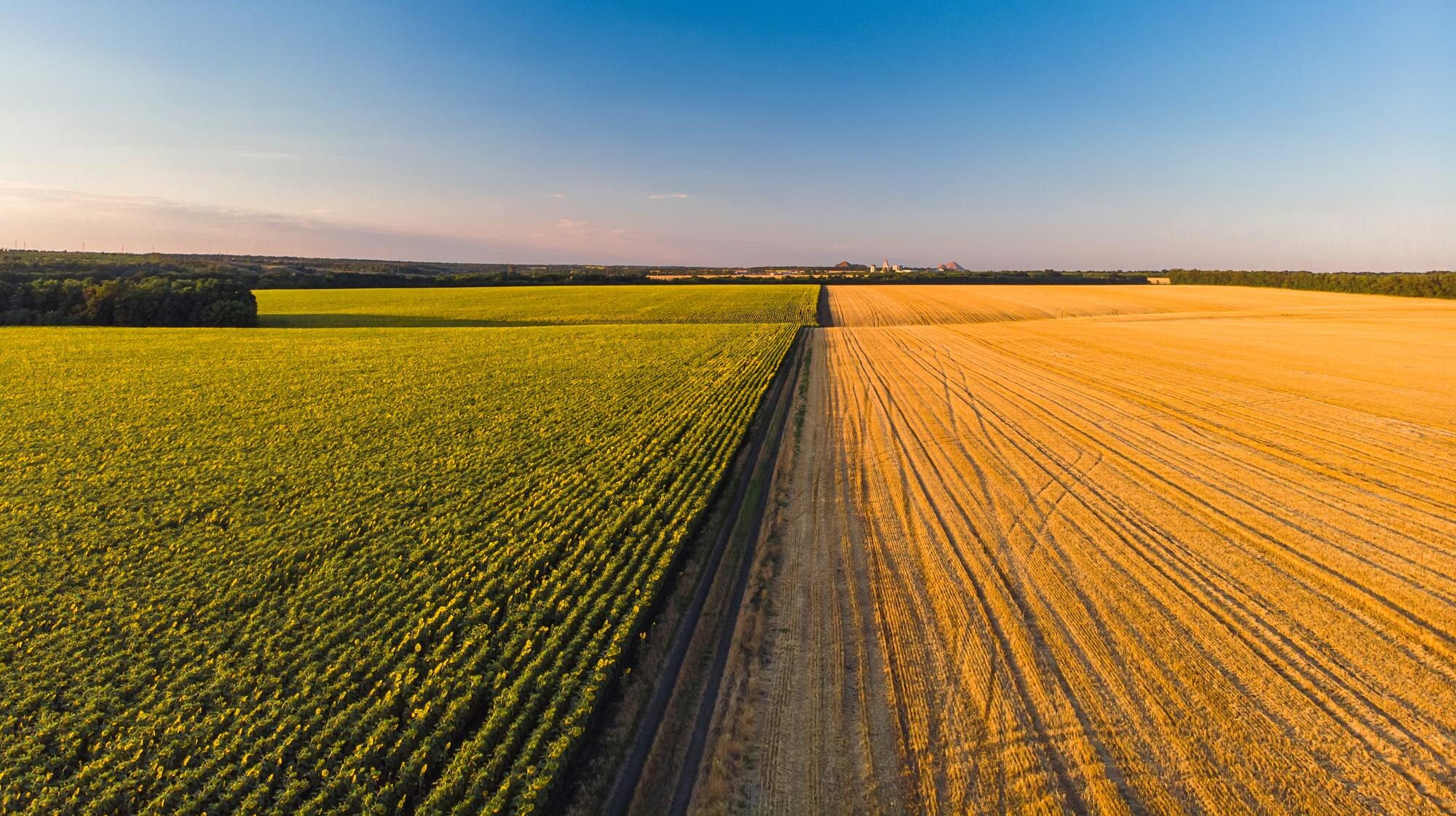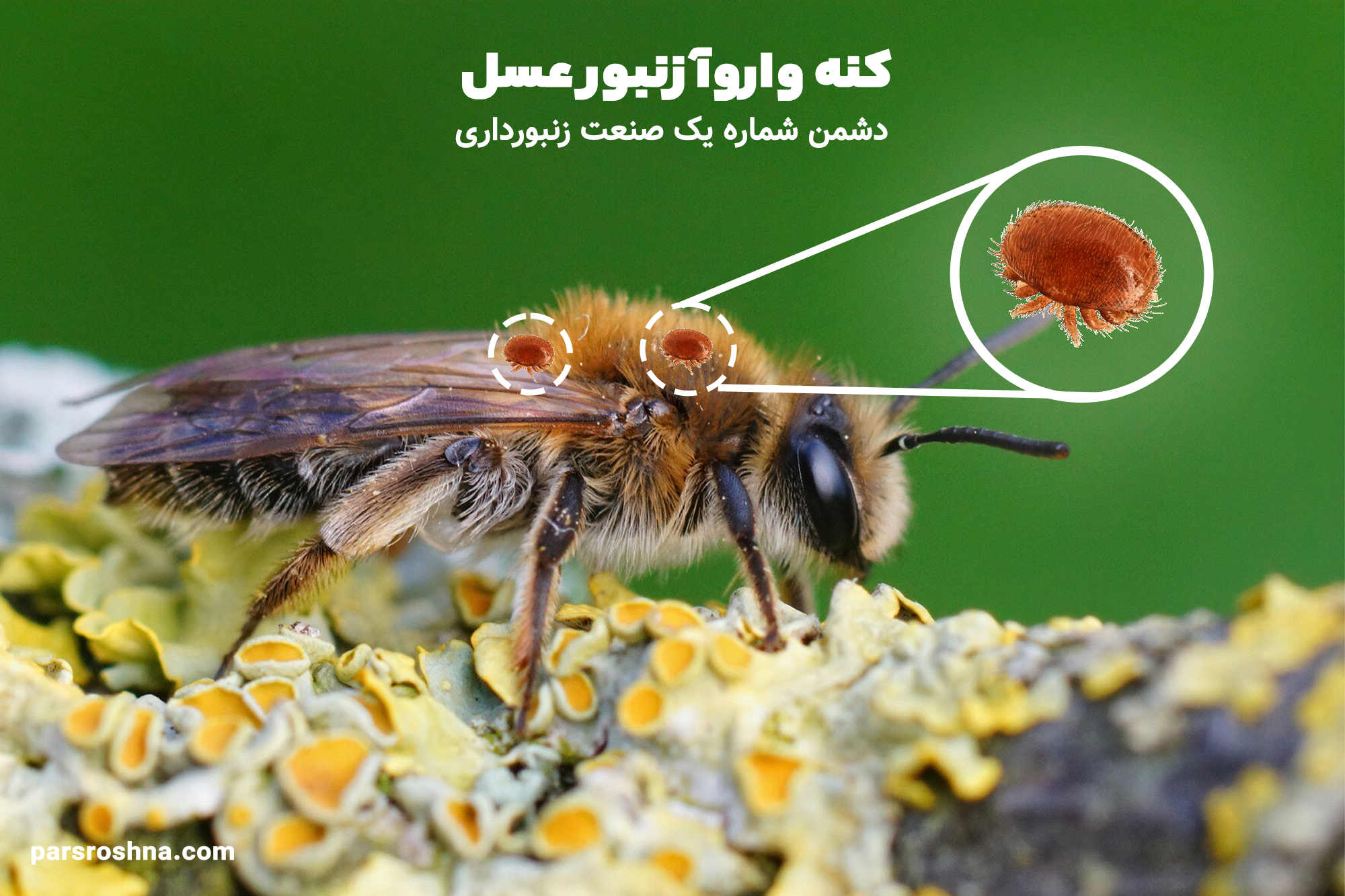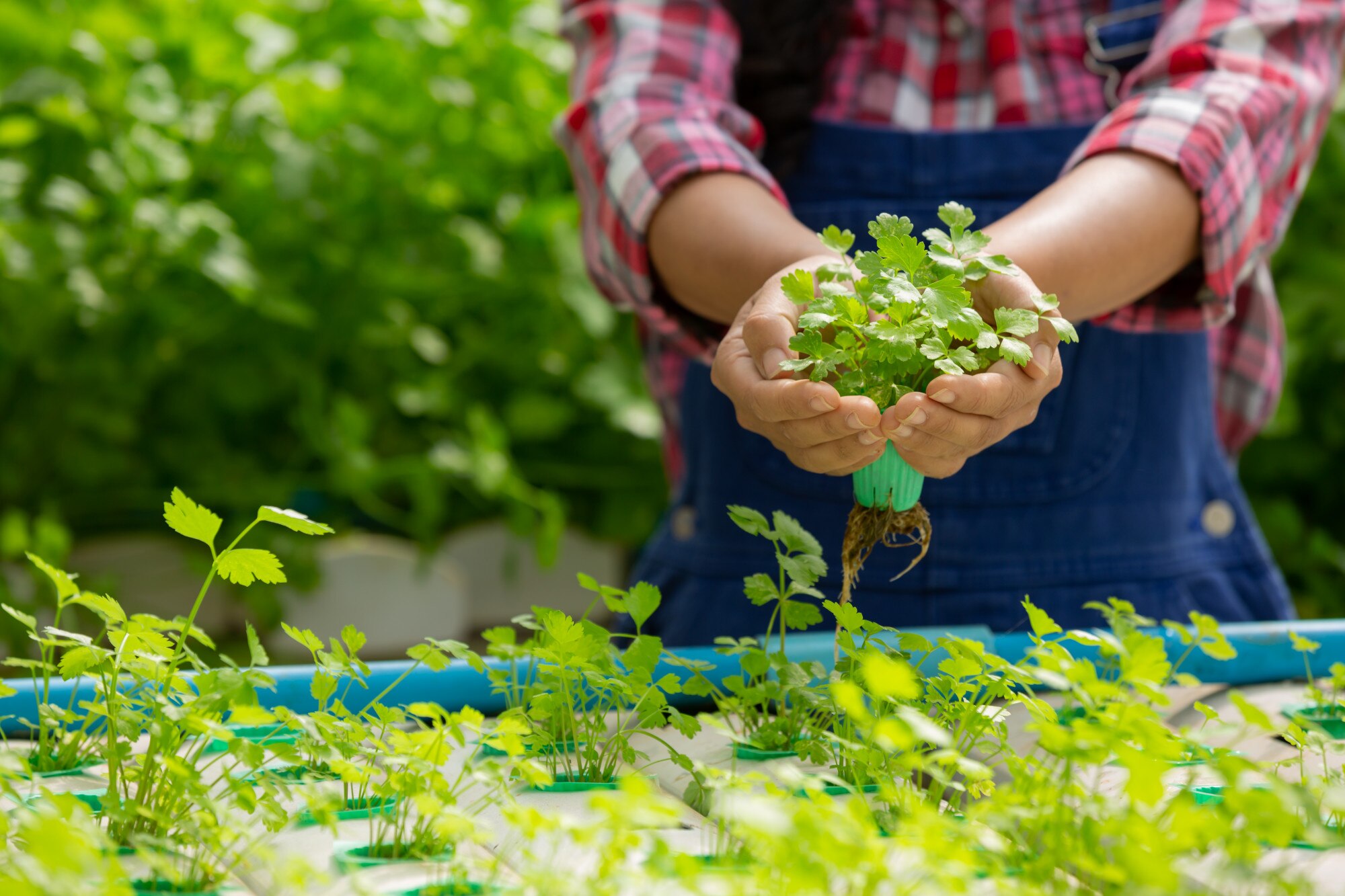Introduction: The progress of rainfed agriculture and its prominent role in a world facing water and environmental challenges
Rainfed agriculture is one of the most important factors in the transformation of global agricultural systems. This agricultural method means the optimal use of water resources in conditions of water scarcity and inappropriateness, and plays a very important role in the production of food products and environmental protection.
Importance of Rainfed Agriculture: This style of agriculture, as a smart and managed agricultural system, plays a vital role in optimal water use, increasing productivity, and preserving biodiversity. This agricultural method has the potential to prevent soil degradation and water quality decline in conditions of water scarcity and severe climate change, while improving crop yields.
Challenges and Obstacles in Rainfed Agriculture: Despite all the advantages of rainfed agriculture, this method also faces challenges and obstacles. Water constraints, climate change, and problems related to water resource management are among the major challenges. Also, the need for advanced technologies and effective training for farmers plays an important role in the successful implementation of this system.
In this article, we will examine how rainfed agriculture is developing and its role in water management and the country’s economy. This research was conducted to provide solutions to address the challenges and promote rainfed agriculture.
History and development of rainfed agriculture
History of Rainfed Agriculture:
Rainfed agriculture is one of the great roots of the history of world agriculture. This agricultural system has experienced many changes from ancient times to the present day and has played a very important role in the history of the peoples of the world. From the plains of Sistan in Iran to the extensive water canals in Sistan and India, each is a beautiful example of the history of rainfed agriculture.
Technological and scientific developments in rainfed agriculture:
The development of rainfed agriculture has always been accompanied by technological and scientific innovations. From traditional irrigation using groundwater resources to advanced intelligent systems, technology has significantly contributed to improving the efficiency and productivity of this style of agriculture. Nanotechnology, smart sensors, and automation in water management and crop cultivation are examples of scientific achievements in this field.
In this section, we attempt to clarify the relationship between historical developments and technological and scientific advances in this field by using a comprehensive review of the history of rainfed agriculture. This broad look at the history of rainfed agriculture helps us to understand the patterns and lessons of the past in order to improve the future of rainfed agriculture and continue towards sustainable development.
Benefits of rainfed agriculture
Positive effects on water productivity:
One of the prominent benefits of this farming is improved water efficiency. The rational use of water in this farming method leads to reduced waste and increased crop production. Efficient and smart irrigation systems also play an important role in increasing water efficiency in rainfed agriculture.
Increasing product performance:
Rainfed agriculture is not only effective in water efficiency but also improves crop performance. Smart irrigation systems, timely water management, and the use of various fertilizers and optimal planting techniques increase the quantity and quality of crops and enable farmers to achieve sustainable and economical production.
Read more: Making plant fertilizer from tobacco extract – the secret to making and using it to fight insects
Reducing negative impacts on the environment:
One of the main goals of rainfed agriculture is to reduce negative impacts on the environment. By utilizing managed planting methods, soil conservation, and optimal water resource management, rainfed agriculture can play a role in preventing soil erosion, preserving biodiversity, and reducing water pollution.
Economic and social impacts:
Rainfed agriculture not only leads to increased economic productivity in agriculture, but also has significant social and economic impacts on rural areas. Employment generation, development of secondary industries, and increased income of farmers are important elements that the development of rainfed agriculture can contribute to.
In this section of the article, we will take an in-depth look at the benefits of rainfed agriculture and examine the role of this method in achieving sustainable development in the agricultural sector.

Challenges and solutions in rainfed agriculture
Analysis of existing challenges:
- Water constraints: One of the biggest challenges of this style of farming is water constraints. Decreasing water resources and increasing demand create water stress and put pressure on rainfed farmers.
- Improper water management: Deficiencies in water resource management, including improper irrigation planning and unsustainable water use, lead to decreased productivity and increased water waste.
- Climate change: Climate change causes increased fluctuations in rainfall, temperature, and evaporation, which has a direct impact on the viability of rainfed agriculture.
Providing coping solutions:
- Optimal water resources management: Improving water resources management, including designing smart irrigation systems, using modern technologies, and creating optimal water policies, can help improve water productivity and reduce water waste.
- Use of technology: The use of advanced technologies such as intelligent control systems, soil sensors, and crop management software can help improve the quality and quantity of crops in rainfed farming conditions.
- Prevention and adaptation to climate change: Raising farmers’ awareness about climate change and providing relevant training, as well as implementing strategies to adapt to climate fluctuations, are effective solutions to address this challenge.
- Promoting supportive policies: Promoting supportive policies for rainfed agriculture, including granting financial facilities, encouraging research and development, and creating direct markets for products, can encourage the use of this agricultural method.
In this section of the article, the important challenges of rainfed agriculture are analyzed, and solutions are proposed to address these challenges and improve the conditions of rainfed agriculture.
The role of rainfed agriculture in water management and sustainable development
Role in water resources management:
- Optimal use of water: Rainfed agriculture, by utilizing advanced irrigation methods, including drip and smart irrigation systems, helps in the optimal use of water in agriculture. This practice leads to increased water productivity and reduced water waste.
- Preserving biodiversity: Rainfed agriculture, with its diverse mix of plants resistant to low water conditions, ensures the preservation of biodiversity in its environment. This type of agriculture creates a diverse and sustainable ecosystem.
- Preventing water pollution: By using managed techniques and planting according to the capacity of the area, rainfed agriculture can prevent water pollution and chemical leakage into water sources.
Relationship with Sustainable Development Goals:
- Ensuring food security: Rainfed agriculture, as an effective management method, plays an important role in ensuring food security for communities. Improving productivity and increasing production in water-scarce conditions leads to sustainable development in the agricultural sector.
- Maintaining ecosystem balance: This style of agriculture helps maintain the balance of local ecosystems by adhering to natural resource management principles, such as preserving soil fertility, controlling biodiversity, and preventing soil erosion.
- Economic and social development: This type of agriculture, as a sustainable production process, supports economic growth and increased employment levels in rural areas and facilitates social development.
In this section of the article, the vital role of rainfed agriculture in water management and sustainable development is highlighted by examining the connection with the Sustainable Development Goals and biodiversity conservation.
Case studies and successes of rainfed agriculture around the world
1. Drip irrigation system in America
In the United States, drip irrigation is considered one of the most advanced and effective irrigation methods in arid regions. It has increased water efficiency, increased crop yields, and preserved biodiversity in its surroundings. Key factors include scientific research, farmer education, and investment in modern irrigation infrastructure.
2. Development of rainfed agriculture in Australia
In dry regions of Australia, rainfed agriculture projects have proven successful. The use of advanced irrigation technologies, soil management principles, and the promotion of drought-tolerant agriculture have led to significant successes in increasing production and conserving water resources in these regions.
3. Successes of rainfed agriculture in Iran
- Pressurized irrigation system in Yazd province: One of the most successful dryland farming projects in Iran is the pressurized irrigation system in some areas of Yazd. This project, by utilizing modern irrigation technologies, has improved the quality and quantity of products and has helped reduce water consumption in agriculture.
- Planting salt-tolerant crops on the southern coast: On the southern coast of Iran, farmers are successfully cultivating crops that are resistant to soil and water salinity. Planting salt-tolerant plants such as pears and pomegranates plays an important role in the development of rainfed agriculture in these areas.
- Drip Irrigation Project in Hormozgan Province: In Hormozgan Province, drip irrigation projects have been introduced as an effective and sustainable system for farmers. This system increases water productivity and reduces water waste in these areas, allowing farmers to cope with water shortage conditions.
- Planting roses in dry areas: Planting roses as a drought-resistant crop has been successfully carried out in some dry areas of Iran. This crop has become a suitable option in rainfed areas due to its low water consumption and high economic value.
The head of the Agricultural Jihad Organization of Qazvin Province announced on 12/01/1402 that the area of rainfed crop cultivation in Qazvin Province had doubled in the production leap plan in rainfed fields:
According to Qazvin Wave News Agency
Mohammad Hossein Ataei, head of the Agricultural Jihad Organization of Qazvin Province, added at the webinar on the production leap plan in drylands: “In the last crop year, given that this province had a 10 percent decrease in rainfall compared to the previous year, despite this decrease, due to the set of technical measures taken in the production leap plan, we have had an 8 percent increase in production.”
He stated: “In the current crop year, the area under cultivation in the production leap plan in drylands has doubled compared to last year, and this year, 120,000 hectares of the province’s dryland lands have been allocated to this plan, and we are trying to support this amount of area.”
Ataei noted: “By implementing the production leap plan, we will witness an increase in the production of dryland crops in the province and an increase in the income of dryland farmers.”
The head of the Qazvin Province Jihad Kavarzi Organization said: “The executive credit for the production leap plan in drylands is not suitable for the province, and it is necessary to provide funds for the production leap plan in proportion to the announced level of cultivation so that the production leap plan in drylands can be properly implemented in the province.”
The successful results of these projects demonstrate Iran’s capability in developing rainfed agriculture. By continuing research and transferring successful experiences to other parts of the country, continuous improvements in water management and sustainable agricultural development can be achieved.
Factors affecting the success of rainfed agricultural projects:
- Scientific research and innovation: These case studies demonstrate that scientific research and innovation are crucial in the field of rainfed agriculture. Adapting technology to local environmental conditions and innovating solutions facilitate success.
- Education and outreach: Improving farmers’ knowledge of rainfed agriculture is another key success factor. Training farmers on optimal use of water resources, irrigation technologies, and drought-tolerant planting improves the feasibility of projects.
- Investing in infrastructure: Direct investment in the creation of modern irrigation infrastructure, water diversions, and technologies related to dryland farming has helped accelerate and advance projects and increased their effectiveness.
Transfer of experiences: To transfer successful experiences to other places, communication networks between countries and international cooperation are effective. Exchange of knowledge and experiences between countries, establishment of joint associations and organizations, and use of international mechanisms for technology and knowledge transfer are among these solutions.
Conclusion: Rainfed agriculture: a new solution for water management, economic development, and environmental protection
Rainfed agriculture has gained great importance as an innovative solution in water management and the development of countries. Based on the studies conducted in this article, we can reach the following conclusions and significances:
1. High water productivity: Rainfed agriculture is known as a management system with high water productivity. The rational use of water resources, reduction of water waste, and optimal use of irrigation technologies help increase agricultural water productivity.
2. Positive impact on the economy: Rainfed agriculture not only helps ensure food security but also plays an important role in the economic development of rural areas and increases farmers’ income. Improving technology and increasing production are among the economic goals of this system.
3. Environmental protection: Rainfed agriculture, with its emphasis on environmental management principles, can be effective in preserving biodiversity, preventing pollution of water resources, and protecting soil. This system moves towards sustainable development.
4. Need for research and development: The development of this style of agriculture requires advanced research and development in various fields. Research in the fields of irrigation technologies, plant resistance to drought, and optimization of water management can help improve the performance of rainfed agriculture.
Conclusion: Rainfed agriculture, as a prominent solution in water management and sustainable development, is associated with many benefits and positive results. However, despite these advances, the need for continued research and investigation in this field is important to face future challenges and continuously improve this system. Supporting research activities, training farmers, and promoting new technologies, as final recommendations, can be an effective step towards achieving the goals of rainfed agriculture and sustainable development.










